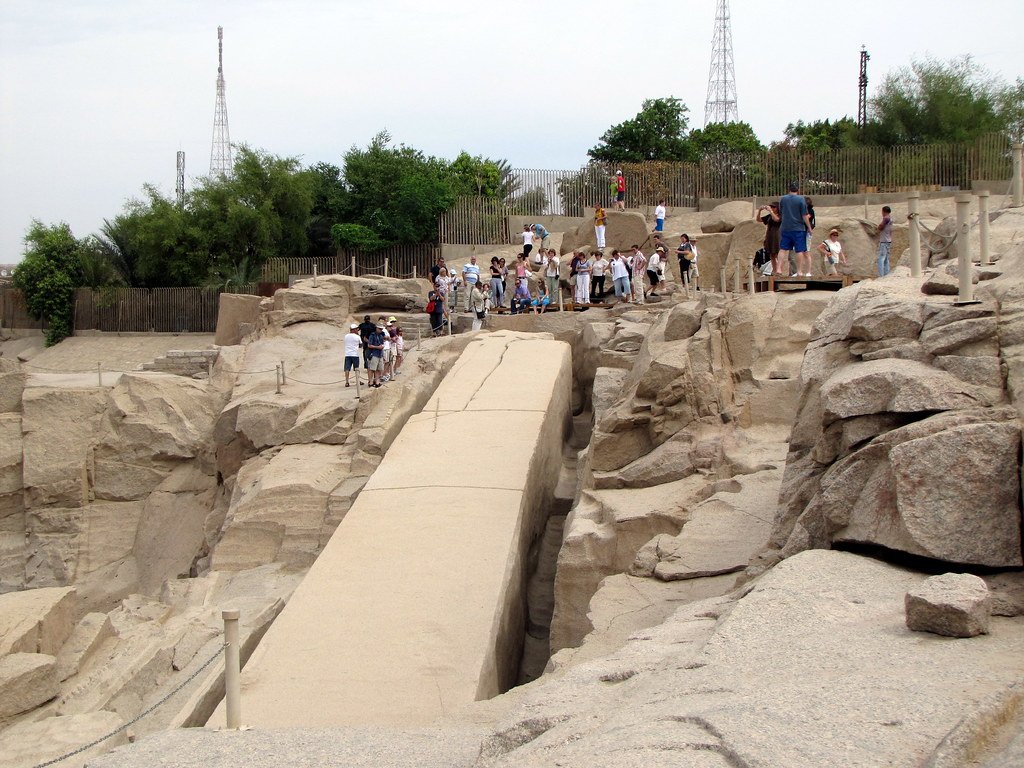Picture this: while you were sleeping on October first, a space rock roughly the size of a small car silently streaked over Antarctica, passing closer to Earth than many satellites orbiting our planet. Yet nobody on Earth knew it was coming until hours after it had already gone. You might assume that with all our advanced tracking systems and space agencies constantly watching the skies, we’d catch everything approaching our planet. Think again.
This remarkable close encounter serves as both a wake-up call and a testament to how much we still don’t know about the countless objects zooming through our cosmic neighborhood. So let’s dive into this incredible story and explore what it means for our planet’s safety.
The Stealthy Space Visitor
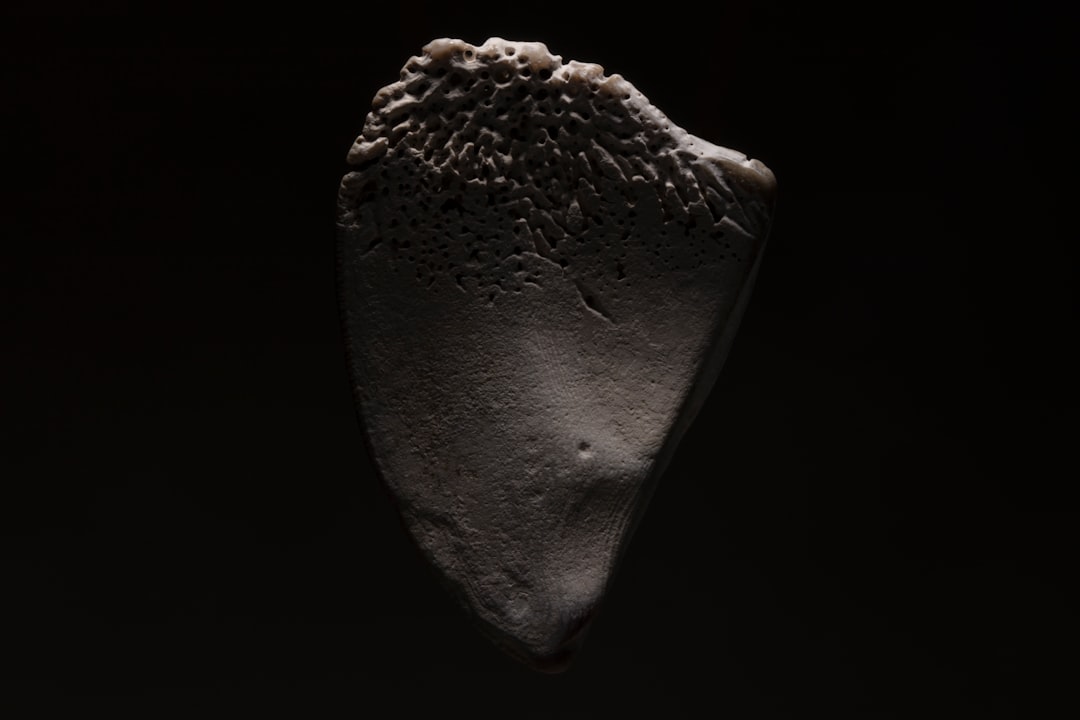
In a hypothetical scenario, a small asteroid passing just 409 kilometers above Earth’s surface over Antarctica, and was only discovered by astronomers using the Bok Telescope at Kitt Peak National Observatory less than six hours after its closest approach. The space rock measured between 3.3 to 9.8 feet wide, roughly the size of a giraffe or small car.
Such a flyby would represent one of the closest asteroid approaches to Earth on record. To put this in perspective, the International Space Station orbits at a similar altitude of roughly 250 to 260 miles above Earth’s surface. The majority of satellites operate in low Earth orbit at altitudes between 100 miles and 1,242 miles.
Why Nobody Saw It Coming

The incident proves how difficult it is to detect such tiny and fast asteroids before they approach our planet, as they are tiny, dark, and move very fast, making telescopes able to only capture them when it’s too late. Asteroid 2025 TF falls far short of the size threshold for potentially hazardous asteroids, which may explain why it evaded detection until after it had passed.
For an asteroid to be classified as potentially hazardous, it must measure at least 460 feet in diameter and follow an orbit that comes within 4.65 million miles of Earth. Small asteroids like 2025 TF slip through our detection networks precisely because they’re below these monitoring thresholds.
Detection Methods and Challenges
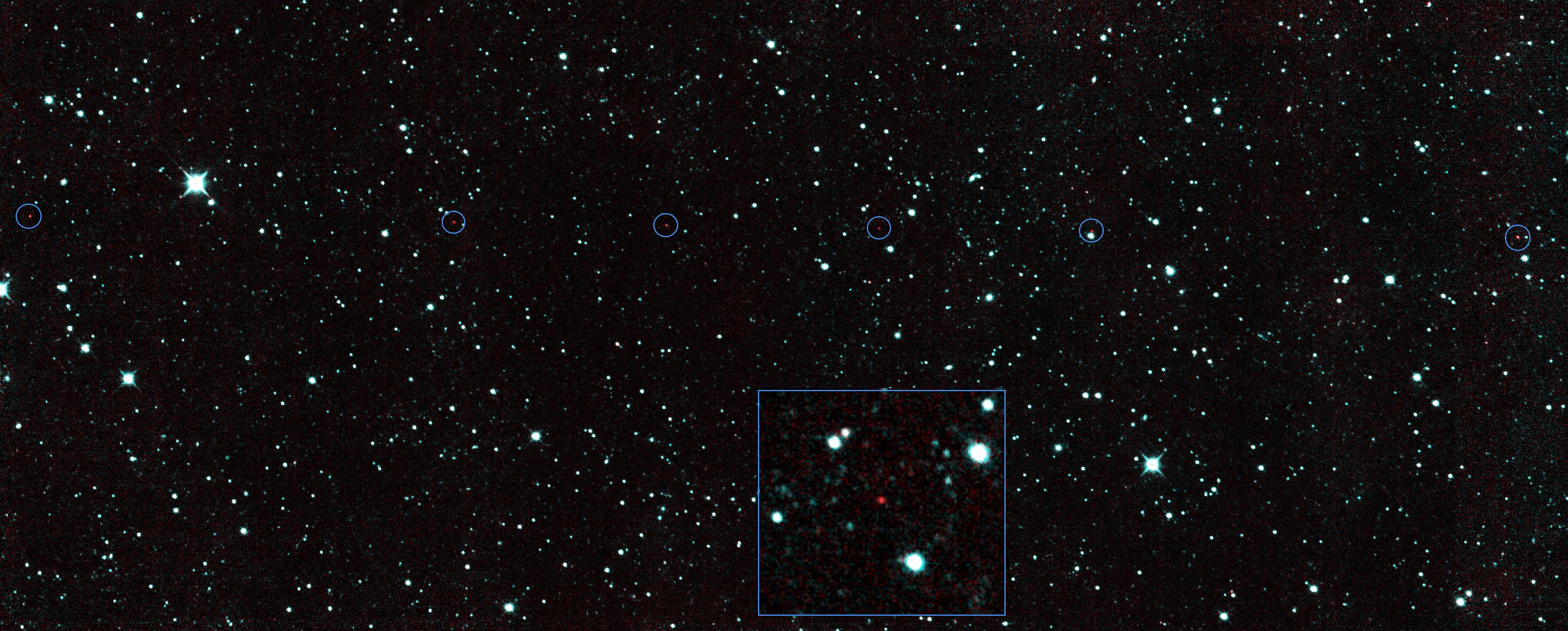
In this scenario, the asteroid would have been spotted by tracking systems like the Catalina Sky Survey. Subsequent observations by the ESA’s Planetary Defence Office, using the Las Cumbres Observatory in Australia, refined estimates of its size, trajectory, and precise closest approach time.
The ESA praised the tracking effort, noting that finding a meter-scale object in the vast darkness of space when its location is still uncertain is an impressive feat, and this observation helped astronomers determine the close approach distance and time to such high precision. When astronomers detect an object passing extremely close to Earth, even one just a few meters wide, they can test their detection systems and improve prediction models, with each observation strengthening our ability to identify potential hazards early.
What Would Have Happened If It Hit Earth

Asteroid 2025 TF belongs to a class of near-Earth objects considered harmless on a planetary scale, as space rocks this small enter Earth’s atmosphere several times each year, usually breaking apart high above the surface. The small asteroid could have produced a fireball if it struck Earth’s atmosphere and became a meteorite once it hit the ground, typically resulting in spectacular fireballs sometimes followed by tiny meteorites scattered across the ground.
Had 2025 TF collided with Earth, it would likely have burned up or exploded high in the atmosphere, sparing the surface from impact, and wouldn’t have been disastrous for us. By comparison, objects measuring around 20 meters across can generate powerful airbursts capable of damaging buildings and injuring people with shockwaves, as the Chelyabinsk explosion in 2013 released energy equivalent to hundreds of kilotons of TNT.
The Bigger Picture of Near-Earth Objects

Astronomers regularly detect numerous asteroids within one lunar distance of Earth each year, with tens of thousands of near-Earth asteroids identified to date, including 11,453 larger than 460 feet and 877 exceeding one kilometer, with around 2,500 deemed potentially hazardous.
This serves as a good reminder that many asteroids pass close to Earth all the time, with illustrations showing 10 asteroids that passed closer to Earth than the moon during just a 5-day period in September. Astronomers track a multitude of asteroids and other near-Earth objects every month, as close approaches are relatively common.
Historical Context and Precedents
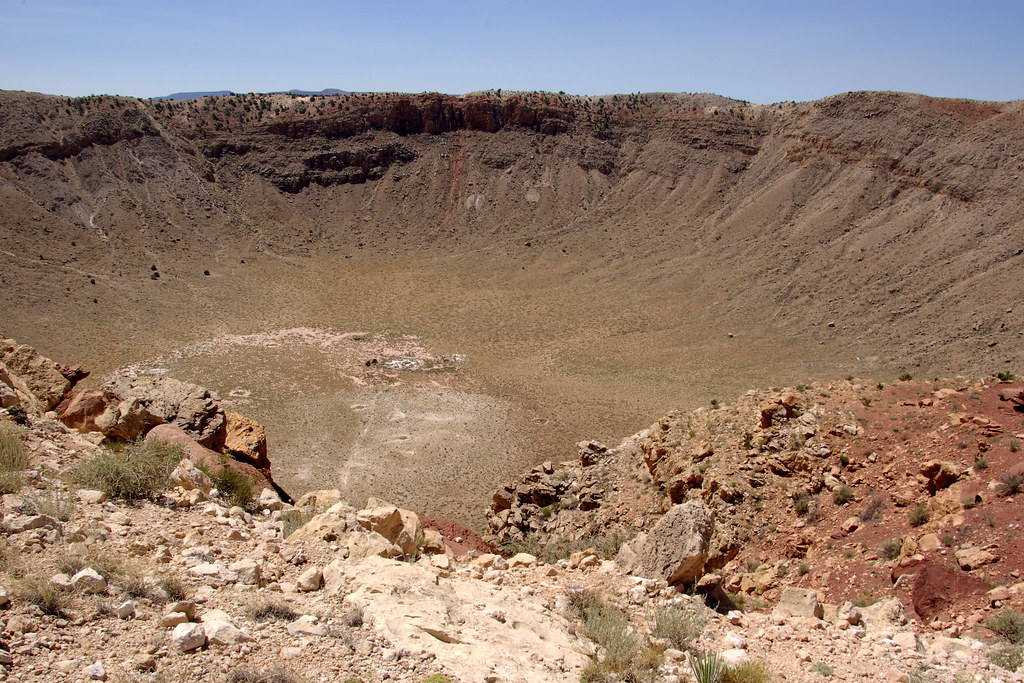
In 2013, the Chelyabinsk meteor – a 66-foot asteroid – exploded over Russia, releasing energy 30 times that of the Hiroshima bomb, injuring 1,500 people and damaging thousands of buildings, going unnoticed because it approached from the sun’s direction. Another example occurred in February 2023, when a small asteroid named 2023 CX1 disintegrated over the coast of Normandy, France, discovered 7 hours before it entered Earth’s atmosphere, becoming the seventh asteroid to ever be successfully detected before impact with the planet.
More recently, in January 2024, a six-foot asteroid was detected just 95 minutes before impacting near Berlin. These incidents highlight both the challenges of detection and the improving capabilities of our monitoring systems.
Satellite and Spacecraft Safety Concerns
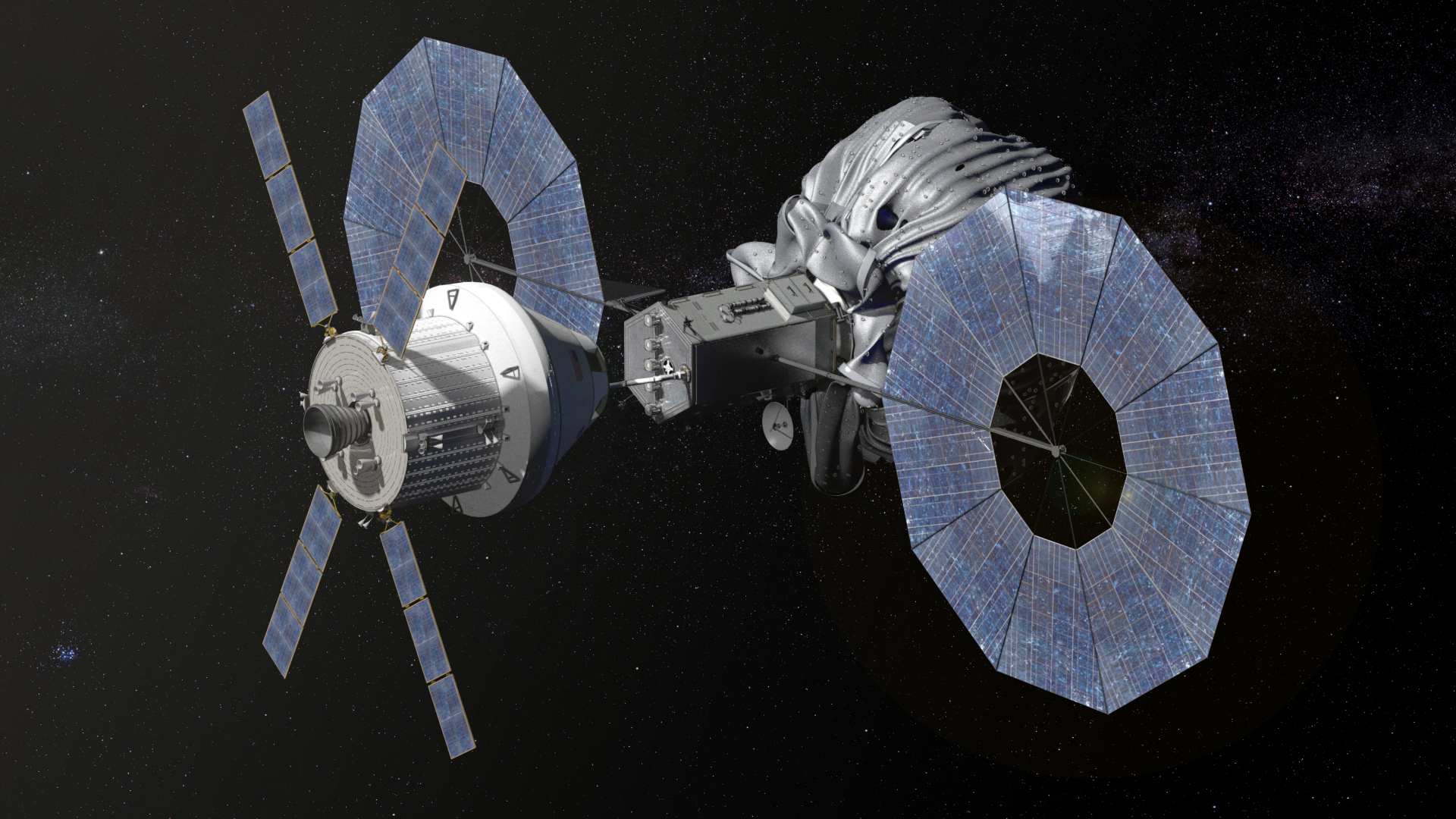
Even small asteroids can cause big problems for spacecraft, and this one happened to whip by at around the same altitude where the International Space Station usually orbits, though fortunately no spacecraft were in the space rock’s path. While harmless to Earth, such an asteroid could have wreaked havoc on orbiting spacecraft if it had crossed paths with one.
The International Space Station orbits at a similar altitude to where 2025 TF passed. This proximity highlights the potential risks to the growing constellation of satellites and spacecraft in low Earth orbit, where companies like SpaceX are deploying thousands of communications satellites.
The Apollo Connection and Orbital Characteristics
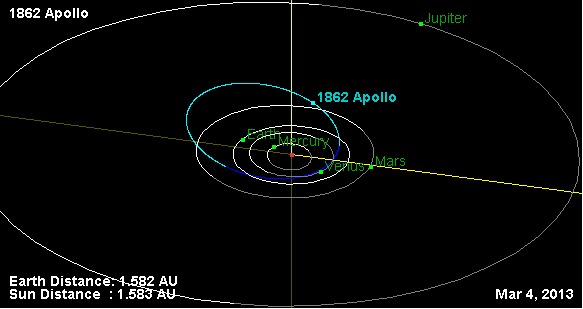
The sneaky asteroid belongs to the Apollo cluster, a group of near-Earth asteroids that can occasionally get pretty close to us, and it sped past at a breakneck 46,700 miles per hour. Since scientists only observed 2025 TF for a day, they don’t really know its long-term trajectory yet, so astronomers will be watching closely.
According to scientists at NASA’s Jet Propulsion Laboratory, this asteroid will return again in the future, probably in April 2087, but this time it won’t be nearly as close, passing about 8 million kilometers away. NASA’s Jet Propulsion Laboratory confirms that 2025 TF won’t revisit the outskirts of Earth until its next close approach in April 2087.
Global Response and Planetary Defense
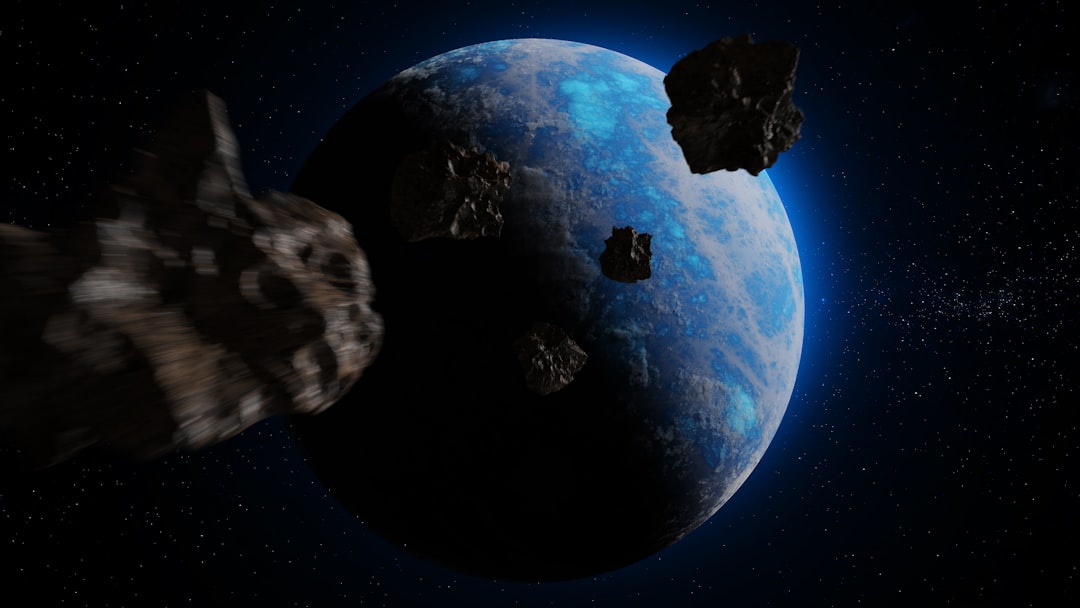
Astronomers at ESA’s Planetary Defence Office observed the asteroid shortly after it was discovered, while NASA, which has paused all public communications during an ongoing U.S. government shutdown, did not make announcements about the asteroid but updated an entry on NASA’s Center for Near-Earth Object Studies website. The successful tracking of such a tiny object so soon after its discovery shows just how far planetary defense efforts have come and how prepared the global scientific community is to respond to whatever space sends our way.
Currently, while NASA can’t fully deflect a large incoming asteroid, early detection allows for evacuation and mitigation strategies. The DART mission, which successfully altered an asteroid’s trajectory in 2022, represents a major step forward in our ability to defend against potential threats.
Future Implications and Technology
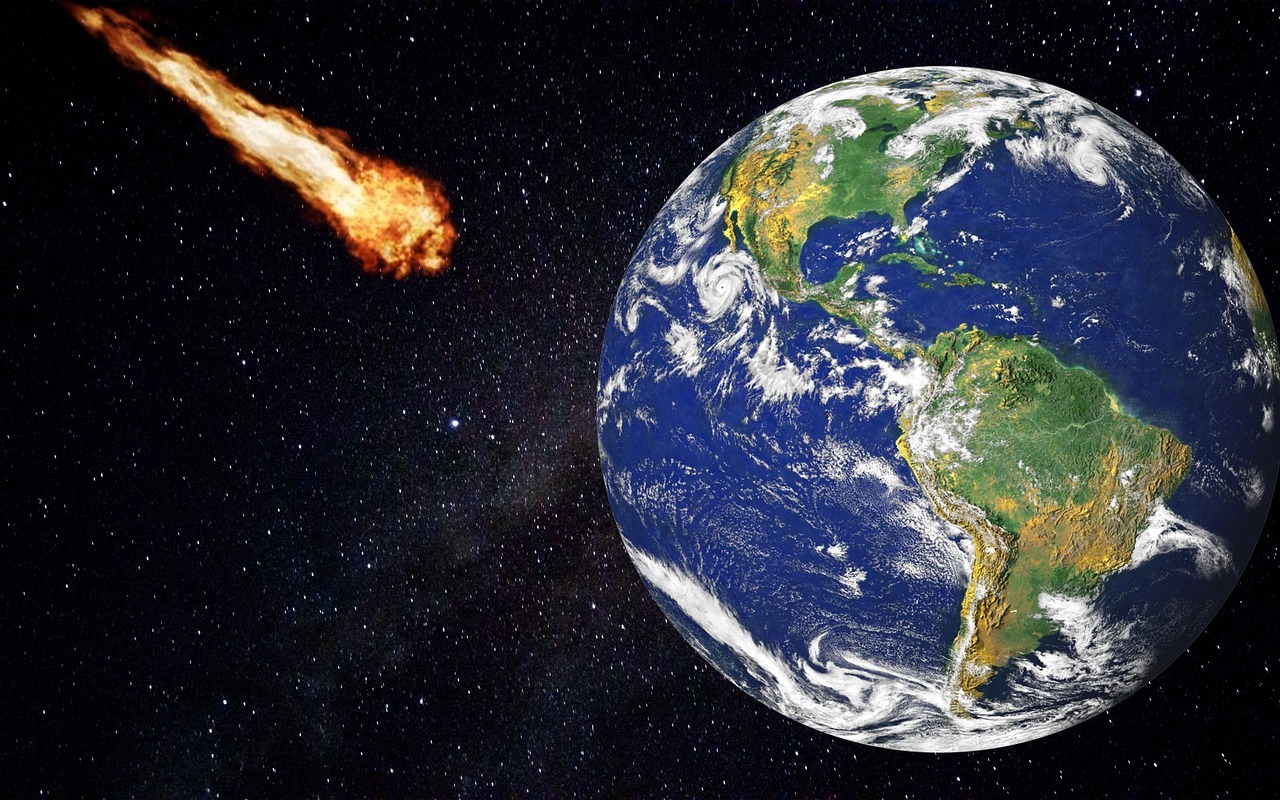
Although Asteroid 2025 TF never posed a threat, flybys like this one highlight how dynamic and watchful our solar neighborhood is, with every close encounter serving as both a reminder of Earth’s vulnerability and a demonstration of the growing precision of modern astronomy. Events like this remind scientists that our planet is constantly receiving close visits from space objects, and while most are tiny and burn up when entering the atmosphere, every observation helps detection systems and better understand asteroids’ behaviors.
The incident underscores the need for improved detection capabilities, particularly for smaller objects that could pose risks to spacecraft and satellites. Advanced warning systems and more sensitive telescopes will be crucial as our presence in space continues to expand.
Conclusion
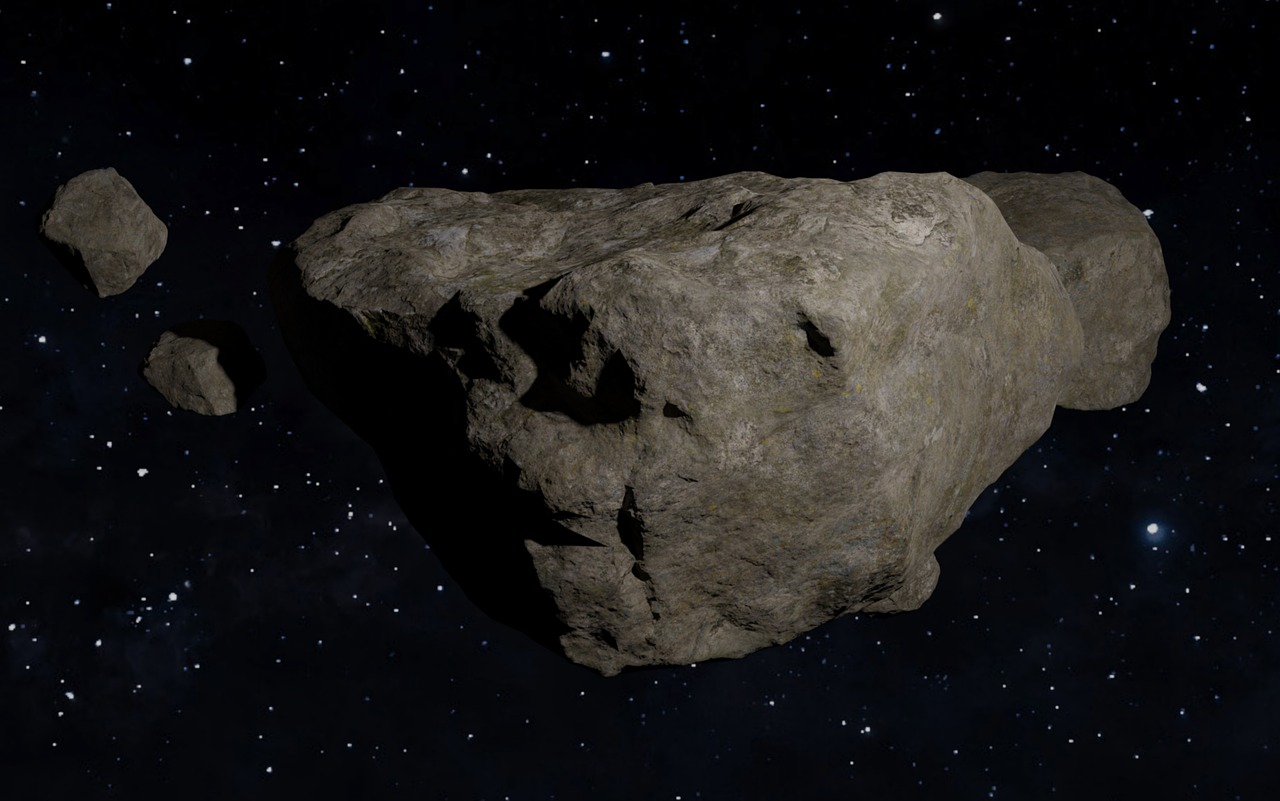
The close encounter with asteroid 2025 TF serves as a humbling reminder that our cosmic neighborhood is far more active than most people realize. While this particular space rock posed no threat to Earth, its undetected approach highlights both the limitations of current monitoring systems and the impressive capabilities of our rapid-response tracking networks once an object is spotted.
This event perfectly demonstrates that space is full of surprises, and even with all our technological advances, tiny visitors can still slip past our watchful eyes. As we continue to improve our planetary defense capabilities and expand our presence in space, incidents like this remind us that vigilance and continued investment in detection technology remain absolutely essential.
What do you think about our current ability to track these cosmic visitors? Tell us in the comments.



